How to Be Better Prepared to Take Great Photos
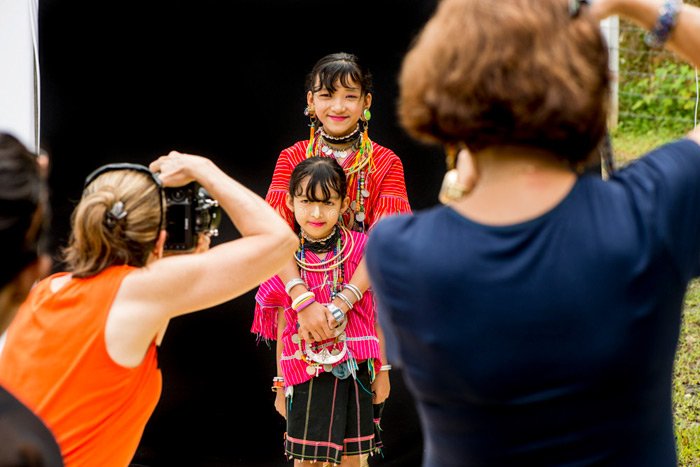
by
Kevin Landwer-Johan
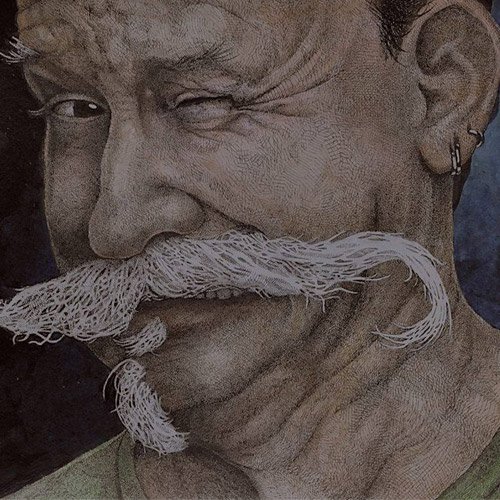
Can you be prepared to take great photos? This concerns many photographer worried about missing the decisive moment.
The short answer is “You can’t be!” Not always, not for every situation. No matter how organized you. No matter how many times you have checked your photo session preparation checklist. How to be prepared to take great photos is more of a long-term commitment. Knowing how to use your camera blended with your ability to interact with and respond to your environment are keys.
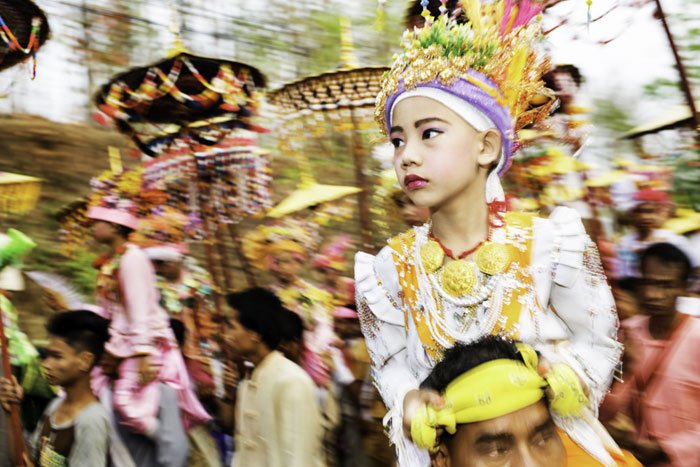
Know Your Camera
How to be prepared to take great photos means knowing your camera and how to adjust the settings well. I need to know how to adjust my DSLR camera settings for different situations as they occur. This does come through practice, but initially, it comes with some study of your camera. If you have a new camera get the manual out and read it while you have your camera in your hands. Doing this you will learn where all the controls are. Especially those used to make a well-exposed photograph. Your shutter speed, aperture, ISO and exposure meter controls.
Once you have studied these and are familiar with how they function, practice using them. Before long you will be able to set your camera quickly without having to think which way the dials turn to increase or decrease the exposure. You will be able to choose your settings and make a well-exposed photograph every time.
Whenever you head out to take some photos be sure to set your camera to the approximate correct exposure. Do this even before you lift your camera to your eye. If you have your settings close to where they need to be you can make adjustments quickly if you need to. When you change locations and the light is significantly different be sure to adjust your settings again so you can be ready to take more photos.
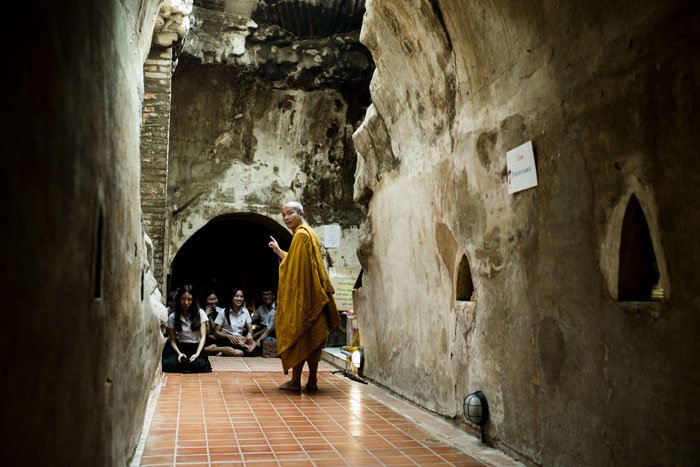
A Recent Mistake
Recently I was taking photos in the underground tunnels at Wat Umong and had my camera set for the dark interior of the tunnels. As we emerged from the tunnels I was busy teaching a customer during a travel photography workshop. I did not make the adjustment to my camera’s settings to be ready for outside.
As we approached the steps a monk walked in front of us. He was nicely isolated against the dark background of the large trees. I’ve got lots of photos of monks they are great subjects. But these days I don’t photograph them unless the situation is particularly photogenic – this one was.
As I brought my camera up to my eye I realized my exposure settings were still set for indoors and a long way off for the light outside. Quickly I brought my shutter speed to 1/500th of a second and altered the aperture a little to f2.8 and took two shots. When I looked at the image on the camera monitor I thought it was too underexposed. Maybe 1/250th or 1/125th of a second would have been a better shutter speed choice.
Post Processing Rescue
A few days later I decided to see if I could rescue the image, so I began to work with it on my computer. First, I lifted the exposure value and highlights a little and dialed down the blacks, to get the background nice and dark. Then I cloned out a few minor distractions and selectively darkened the path. I am pleased with the results.
I only managed to get this one shot before the monk walked down the steps and his feet and legs were no longer visible to me. If I had re-set my camera as we came out of the tunnels I would have had more chance of taking at least one or two more frames. I told myself again “Kevin, be prepared!”
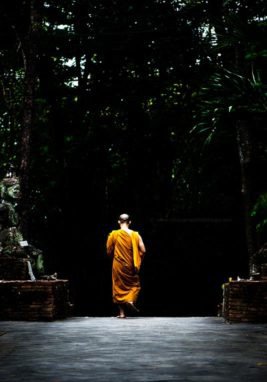
Here Are More Ways to Learn to Be Better Prepared to Take Great Photos
Please take a look at our Manual Camera Settings Cheat Sheet Infographic for Photography Beginners. This ISO, aperture, shutter speed chart pdf will be of great help to you as you begin to understand your camera settings. It’s almost like a camera tutorial for beginners as it shows you clearly how to adjust the settings. This cheat sheet will guide to choose things like your f stop for low light and your shutter speed for a moving subject.
